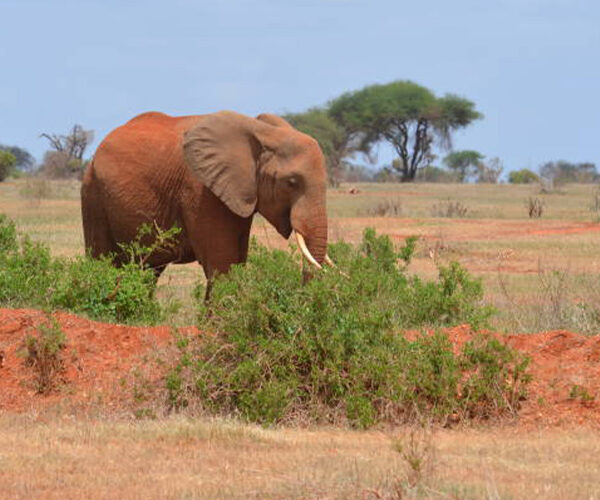
Tsavo National Park
Tsavo national park is not only the largest national park in Kenya but also the travellers dream when it comes to true African wildlife safari experience. The park is endorsed
Home » Lake Nakuru National Park
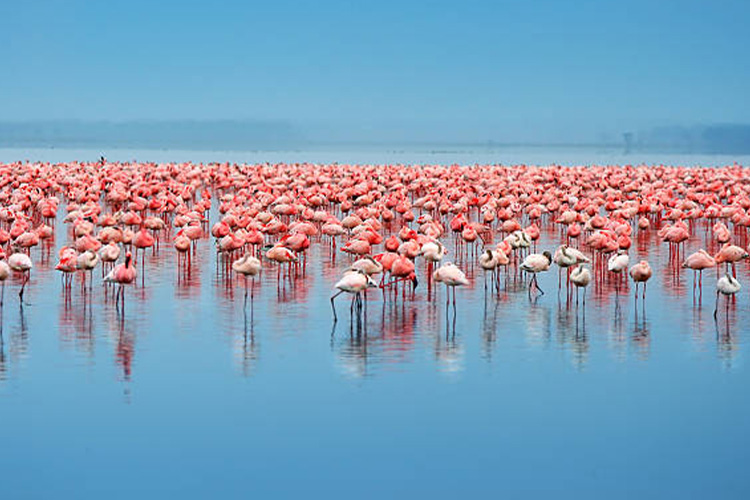
Lake Nakuru National Park is known as a beautiful wildlife haven in the Great Rift Valley region. The park is surrounded by grasslands with Acacia trees and is famous for its large groups of Flamingos, giving it the nickname “the pink lake.” The locals named it Nakuru, meaning a dusty place. The park centers around Lake Nakuru, an alkaline lake attracting many Flamingos due to its algae.
Originally a birding sanctuary, the park covers about 188 square kilometers, making it one of Kenya’s smaller national parks. Established in 1961, it started by including the lake and nearby areas. Later, it expanded to create the Black Rhino sanctuary, protecting this rare species from poaching.
Named after Lake Nakuru, close to Nakuru town, once known as the dustiest in the region, the park began with the lake, volcanic mountains, and open grasslands.
The best time to visit Lake Nakuru National Park, like many other tourist spots in Kenya, is during the dry season from June to March. This period, which includes June, July, August, October, November, December, January, February, and March, experiences minimal rainfall. The scarcity of rain makes it ideal for observing animals, as they gather around the lake for water during this time.
Bird Watching in Lake Nakuru National Park
Bird watching in Lake Nakuru National Park is a delightful experience, boasting over 500 recorded bird species. The soda Lake Nakuru, particularly its southern end, serves as a birding hotspot, featuring diverse birdlife, including impressive flocks of pelicans and flamingos. For optimal bird watching, it is advisable to visit during the dry season, from June to October and December to March. Many bird species migrate during the rainy season.
Game Viewing in Lake Nakuru National Park
In addition to bird watching, the park offers excellent opportunities for game viewing. Common animals like buffalos, rhinos, leopards, and lions can be observed. The best time for game viewing is during the dry months of January to March and July to December, as the routes are not muddy, ensuring a more enjoyable experience.
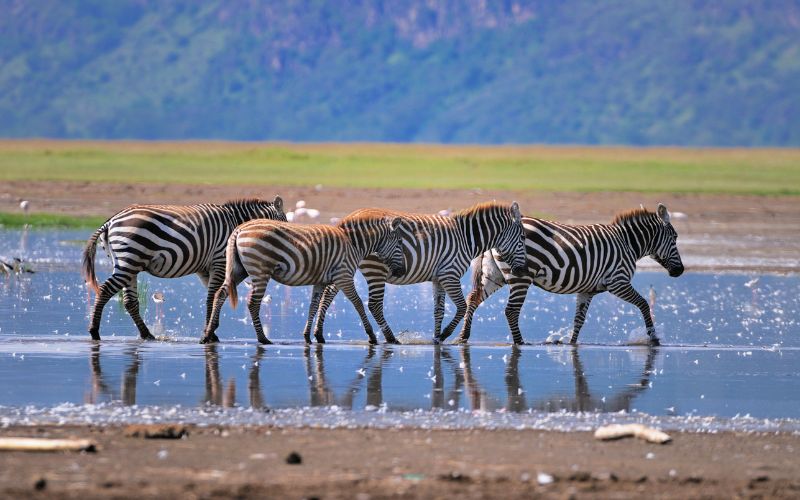
Camping
Camping in Lake Nakuru National Park offers an exhilarating adventure, providing the opportunity to sleep under the open sky amidst the wilderness.The park boasts seven operational camping sites situated in both the northern and southern parts, providing campers with a unique experience of the park’s diverse vegetation and semi-humid weather. Lucky campers may even encounter some of the park’s wildlife up close. The nights bring cool weather, creating a perfect environment for a memorable camping experience. Additionally, campers can marvel at the breathtaking sky views and witness the spectacle of flamingos covering the surface of Lake Nakuru, resembling a vibrant pink blanket. The scenic beauty of the surrounding landscape adds to the allure of camping in Lake Nakuru National Park.
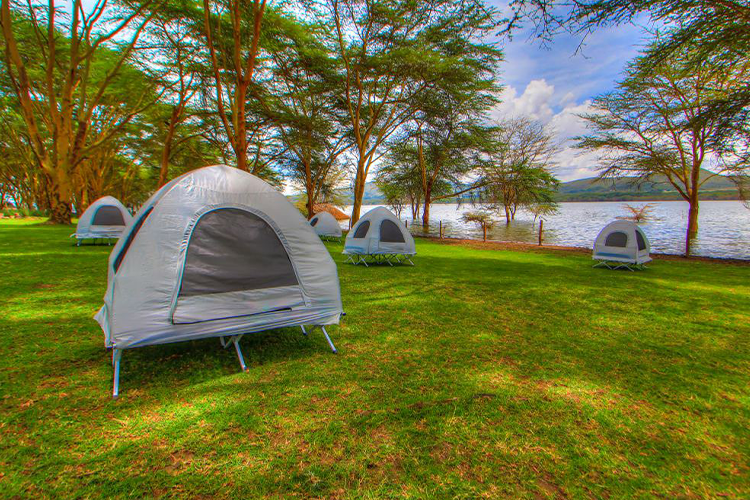
Picnicking in Lake Nakuru National Park
Best Enjoyed Throughout the Year
Picnicking in Lake Nakuru National Park is a delightful experience offered year-round, with the dry months being particularly advantageous due to minimal rainfall. These dry months, spanning from June to February, including July, September, October, and January, provide picnic-goers uninterrupted enjoyment.
Various elevated picnic spots dot the park, offering panoramic views of the park’s diverse wildlife, birds, and overall landscape. These popular picnic sites include:
Baboon Cliff: Nestled near the western shores of Lake Nakuru in the northwestern part, Baboon Cliff provides a high vantage point for sightseeing, bird watching, and delightful interactions with the resident baboons.
Lion Cliff: Situated on the northeastern shores of Lake Nakuru, Lion Cliff offers distant but captivating views of the lake and its surroundings, enhancing the picnic experience with potential wildlife sightings, especially lions.
Out of Africa Outlook: Located at the southern-western shores of Lake Nakuru in the western end of the park, this outlook provides one of the best views of the lake and its surroundings.

Tsavo national park is not only the largest national park in Kenya but also the travellers dream when it comes to true African wildlife safari experience. The park is endorsed
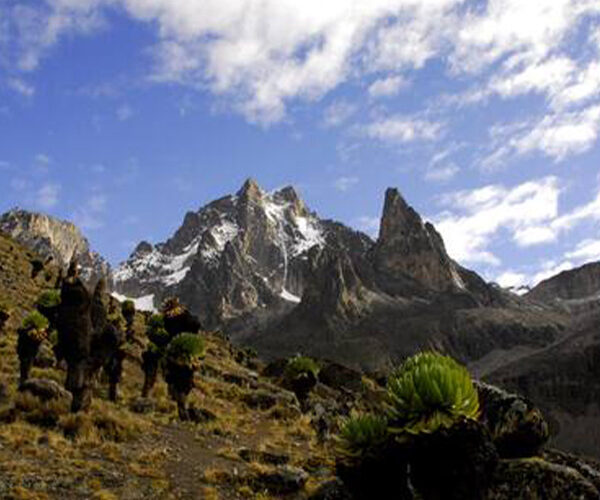
Mount Kenya National Park is located in central Kenya north of the equator and is where the second-highest peak in Africa can found. The different geographical features which include glaciers,

Amboseli National Park is located in Loitoktok District, Rift Valley Province of Kenya. Amboseli has an endless underground water supply filtered through thousands of feet of volcanic rock from Kilimanjaro’s

Located in Northern Kenya, Samburu National Reserve spans 165 square kilometers along the enchanting Ewaso Ng’iro River. This expansive and unspoiled wilderness is celebrated for its unwavering dedication to wildlife

Nairobi is a modern and bustling city, rich in culture and history, but with fantastic nature and wildlife viewing opportunities only a short distance away. Once nicknamed “Nairobbery,” the city